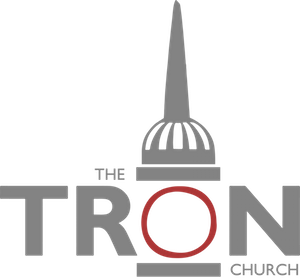"You shall make an altar on which to burn incense; you shall make it of acacia wood. A cubit shall be its length, and a cubit its breadth. It shall be square, and two cubits shall be its height. Its horns shall be of one piece with it. You shall overlay it with pure gold, its top and around its sides and its horns. And you shall make a molding of gold around it. And you shall make two golden rings for it. Under its molding on two opposite sides of it you shall make them, and they shall be holders for poles with which to carry it. You shall make the poles of acacia wood and overlay them with gold. And you shall put it in front of the veil that is above the ark of the testimony, in front of the mercy seat that is above the testimony, where I will meet with you. And Aaron shall burn fragrant incense on it. Every morning when he dresses the lamps he shall burn it, and when Aaron sets up the lamps at twilight, he shall burn it, a regular incense offering before the LORD throughout your generations. You shall not offer unauthorized incense on it, or a burnt offering, or a grain offering, and you shall not pour a drink offering on it. Aaron shall make atonement on its horns once a year. With the blood of the sin offering of atonement he shall make atonement for it once in the year throughout your generations. It is most holy to the LORD."
Exodus 30:1-10
The golden altar of incense is next described. This altar was positioned in the holy place, in the second compartment of the Tabernacle, in front of the veil which separated the holiest of all from the rest of the construction. It is something of a mystery that its description should be left to this point, and not given along with the other parts of the tabernacle furniture. One possible explanation is that, in following the description of the high priest's functions and duties, the altar of incense has a connection with the high priestly work. When we recall that Scripture speaks of the altar of incense as being associated with prayer (Revelation 8:3, 4; Luke 1:9, 10), and that the high priest foreshadowed Christ, the inference that the altar represents the intercession of Christ for His people is not only legitimate but inevitable. As the brazen altar in the outer court represents His atoning work on earth for us, so the golden altar represents His intercessory work in heaven for us (cf Hebrews 1:3, 7:25). Thus the tabernacle has a twofold message about sin; the brazen altar tells the sinner that there is a way into the presence of God and the golden altar proclaims, 'If any man sin, we have an Advocate with the Father'. The subject of Christ's heavenly work for His people is a very wonderful one, but we must be careful how we think of it. We must not emphasise it in any way that detracts from His finished work on earth on the cross. Ultimately considered, all blessings flow from the cross, and nothing can be added to that work, or needs to be. How then can we speak of His heavenly work? One commentator helpfully illustrates: 'The act of child-bearing is necessary to constitute a woman a mother; but this does not mean that henceforth, to those who resort to her as "mother", she is always giving them birth. Her act of child-bearing is, for them, a finished work. What they now enjoy are other complementary ministries of motherhood. In the same way, beyond Christ's finished work on earth there lie other complementary ministries of grace which He fulfils for His already reconciled people.'
